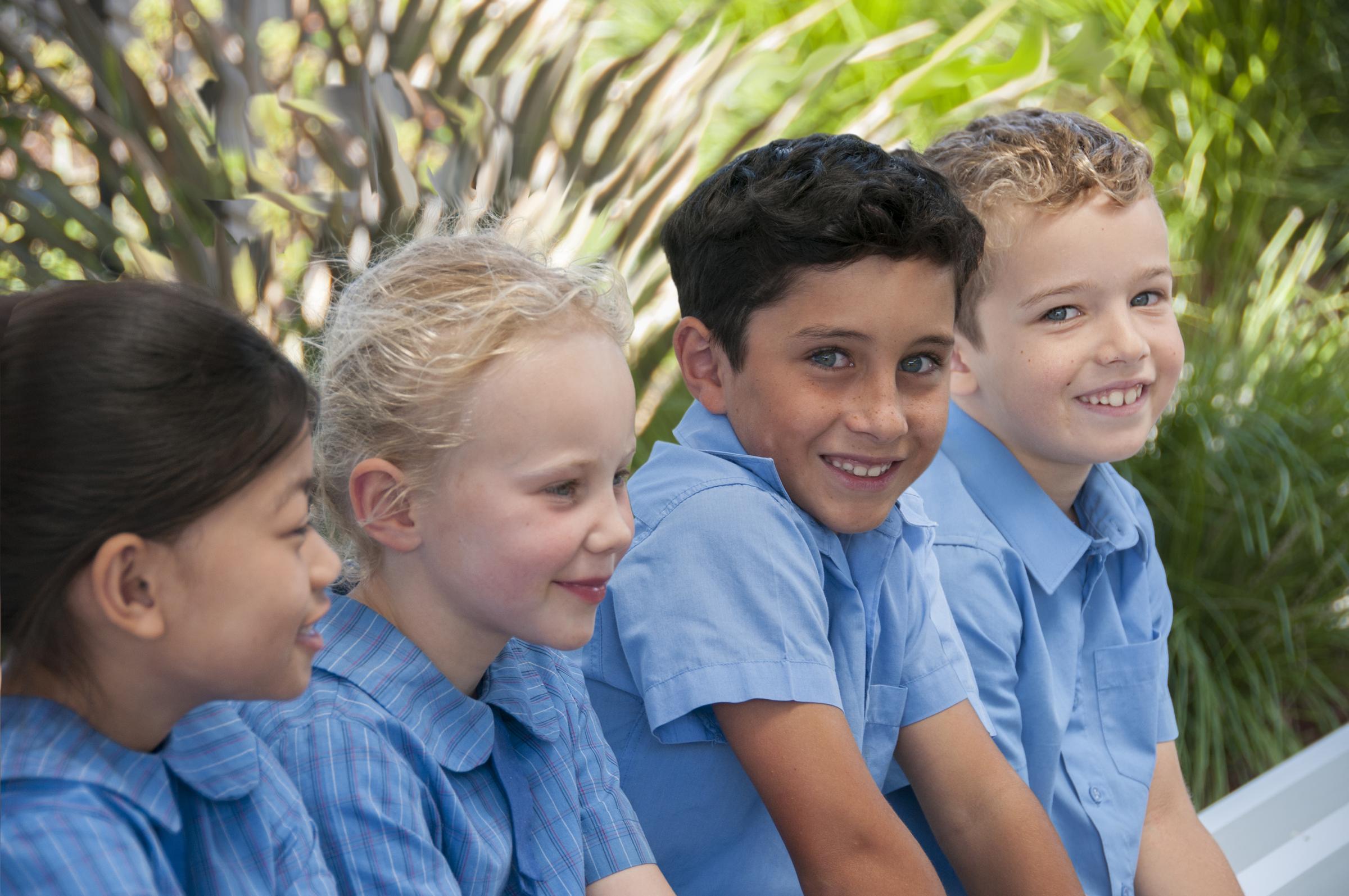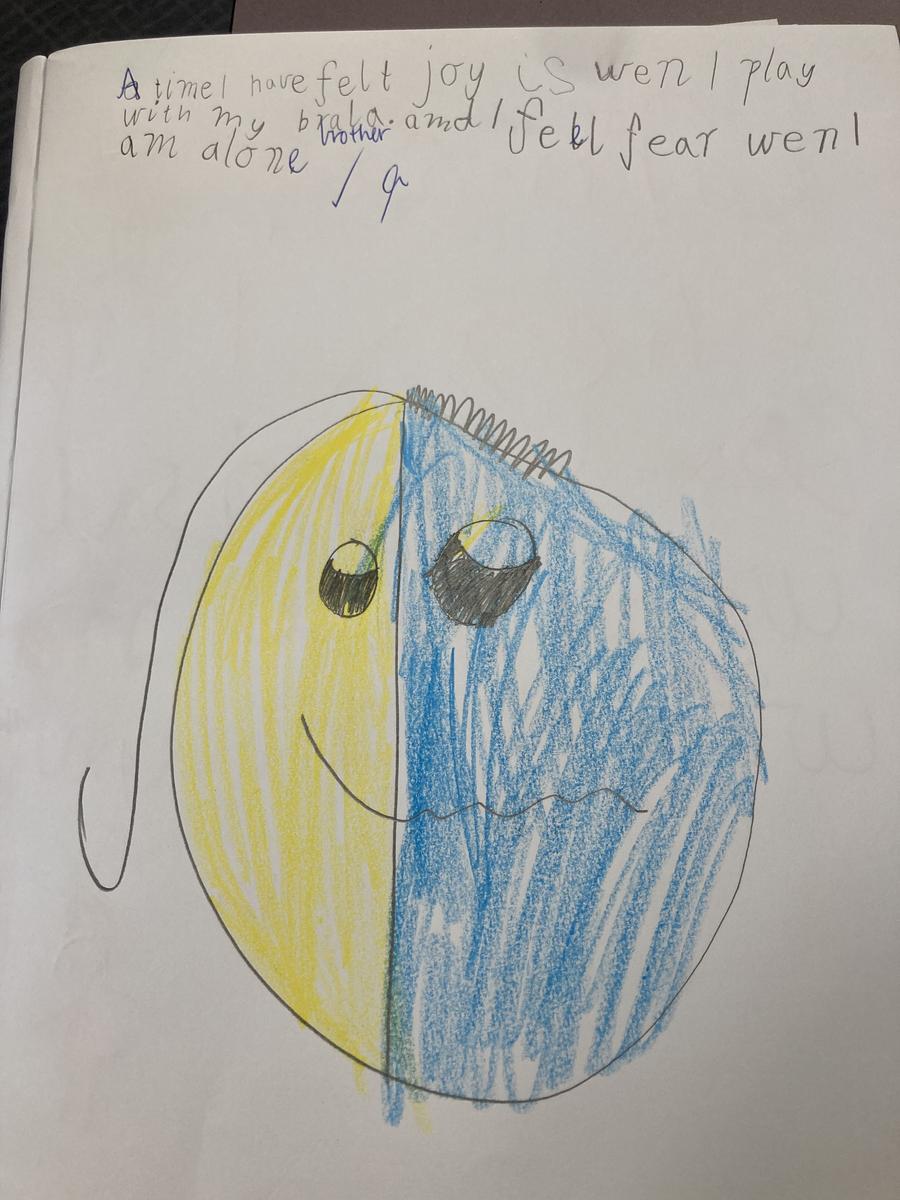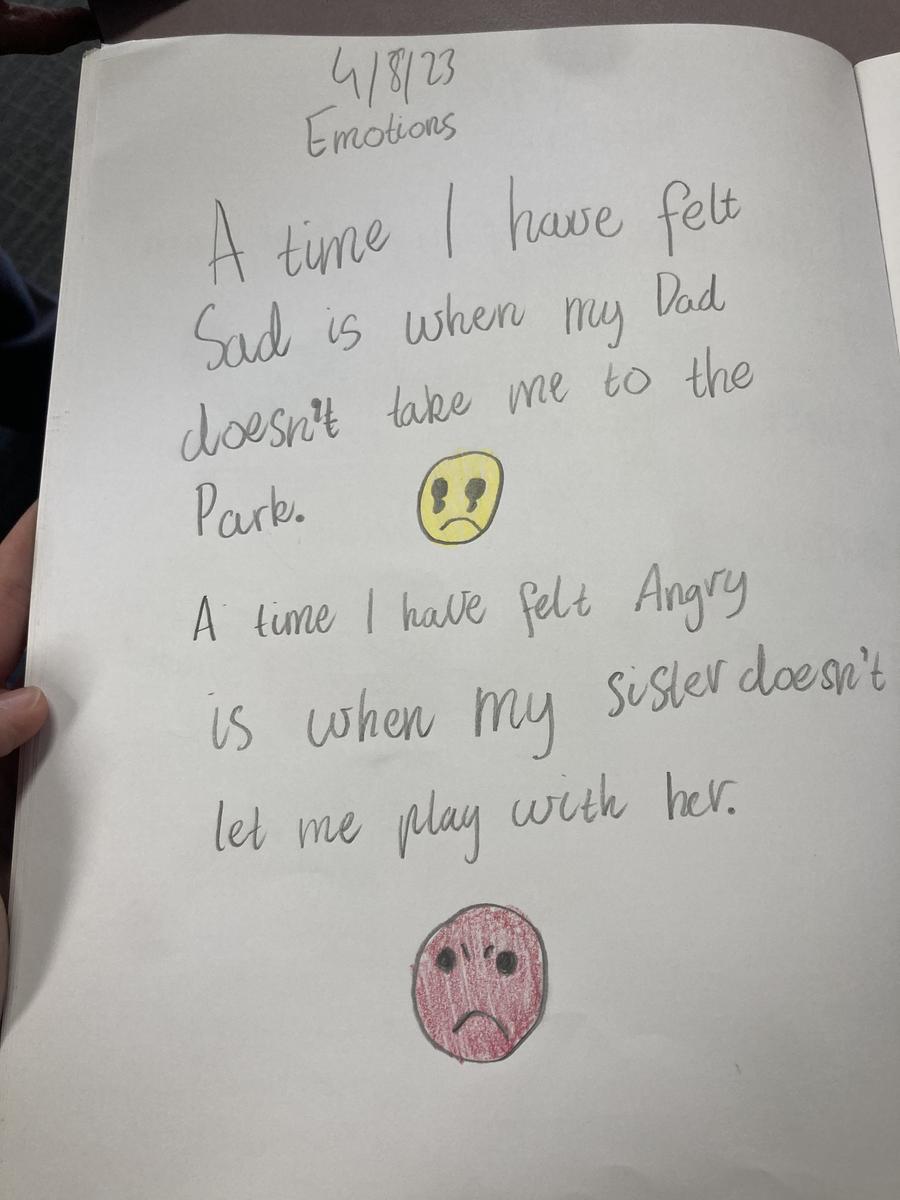Student Well-being

Year 1/2 Community
In Wellbeing the Year 1/2 Community have been exploring how to feel physically, mentally and socially healthy.
We have explored different ways we can be physically healthy such as eating well, drinking water, resting and exercising. To feel mentally and socially well we have reflected on identifying our emotions.
We watched a clip of Inside Out which helped us think of different feelings we have felt before.
We reflected on times we have felt certain emotions. Check out our reflections!
Digital Wellbeing
‘It encompasses the health of the whole person – physical, mental, social and emotional.’
Wellbeing has fast become one of the most commonly discussed terms in recent years. But when we break it down, what does it actually mean? As it has been brilliantly articulated above, it encompasses all key pillars of one’s health. If the latter are balanced, so are we, and therefore our wellbeing is in check.
So what is digital wellbeing?
Similar to general wellbeing, digital wellbeing underpins the three key pillars of physical, mental and social health, but in an online sense. We know that technology can be powerful when it’s transformative and improves how we live, learn, work or connect. But it can also sometimes distract us from the things that matter most to us.
Recognising when technology is not positively impacting our world and is negatively impacting on our needs such as physical health (exercise or sleep), emotional health (how we feel), or social interactions (relationships and family) is really important to finding the healthy balance between online and offline life. These are challenges we all face as digital citizens and we play an integral role in supporting the young people in our life to maintain a healthy digital wellbeing.
Physical Health:
Spending more time on our devices has created a challenge around being more sedentary and becoming less active. According to the Department of Health and Aged Care, staggeringly there is only 2% of Australian teenagers aged 13-17 meeting the guidelines for physical activity. Not only does this impact their overall physical health, but contributes to disrupted sleep patterns and can increase the likelihood of developing mental health issues. Finding the balance between time spent online and offline is imperative; even if that means using technology in more creative ways to promote movement (for example: Pokemon GO or online workouts).
Emotional Health:
In a hyper-connected world, the increased likelihood of being exposed to content that can impact how we think and feel is inevitable. eSafety reported 36% of the content we see online is deemed harmful or inappropriate. This content can range from nasty comments to graphic, triggering videos or imagery and can subsequently alter how we think and feel.
Another thing to consider is the impact of social media on our digital wellbeing. Given the nature of social media, which is to share snippets of your life, it can become all too easy to make comparisons and experience FOMO (fear of missing out). Last year we surveyed young Australians aged between 13-17 and a staggering 34% (one third) admitted to feeling poorly about themselves after checking social media. Some of the biggest concerns were around: being left on ‘read’, FOMO, peer pressure and negative cultures within private group chats.
Social Connection:
One of the key differences of connecting with friends in 2022 compared to the past is that the communication doesn’t pause from when the school bell goes at 3:30pm until you see your friends again at 9am the following day. Now, young people can remain connected essentially 24/7 through online spaces. With that comes some additional challenges. Some of the biggest challenges they face include feeling a sense of ‘tug-of-war’ with spending time with family and/or sporting commitments but not wanting to miss out on what their friends are doing online. There’s also the challenge of how much time we are spending looking at our devices compared to being present and enjoying what’s in front of us when we are sharing time together.
As adults, we can support the young people in our lives to develop critical/reflective thinking skills, social and emotional intelligence and self-regulation to help promote good digital wellbeing.
How do we find a healthy balance to maintain good digital wellbeing?
- Think and talk with others about why healthy digital habits are important.
- Create time and space for conversations tailored to digital wellbeing, healthy habits, social and emotional learning (role plays, emotions cards, self-regulation).
- Model strategies to self-regulate and manage our digital wellbeing.
- Create time and space for time off screens by setting screen-time timers, dedicating time for physical activity, and encouraging productive and creative ways to use technology tools.
- Promote help seeking strategies and resources.
Tips for creating positive digital behaviours:
- Create conversations and expectations for social protocols online (for family or in school).
- Promote help seeking strategies about who to talk to and, together, explore available resources such as eSafety and Kids Helpline.
Help seeking resources:
- Kids Helpline: Kids Helpline | Phone Counselling Service | 1800 55 1800
- eSafety: Online safety | eSafety Commissioner
- Family Resources: Families – Cyber Safety Project
- Digital Balance Calendar
- Whole Family Workshop
- Whole Family Webinars
- Blog: Parent Guide: Empowering Your Teen To Tame Their Screen Time – Cyber Safety Project
Article taken from:
https://cybersafetyproject.com.au/digital-wellbeing/
Lauren Borg
Student Wellbeing Leader









